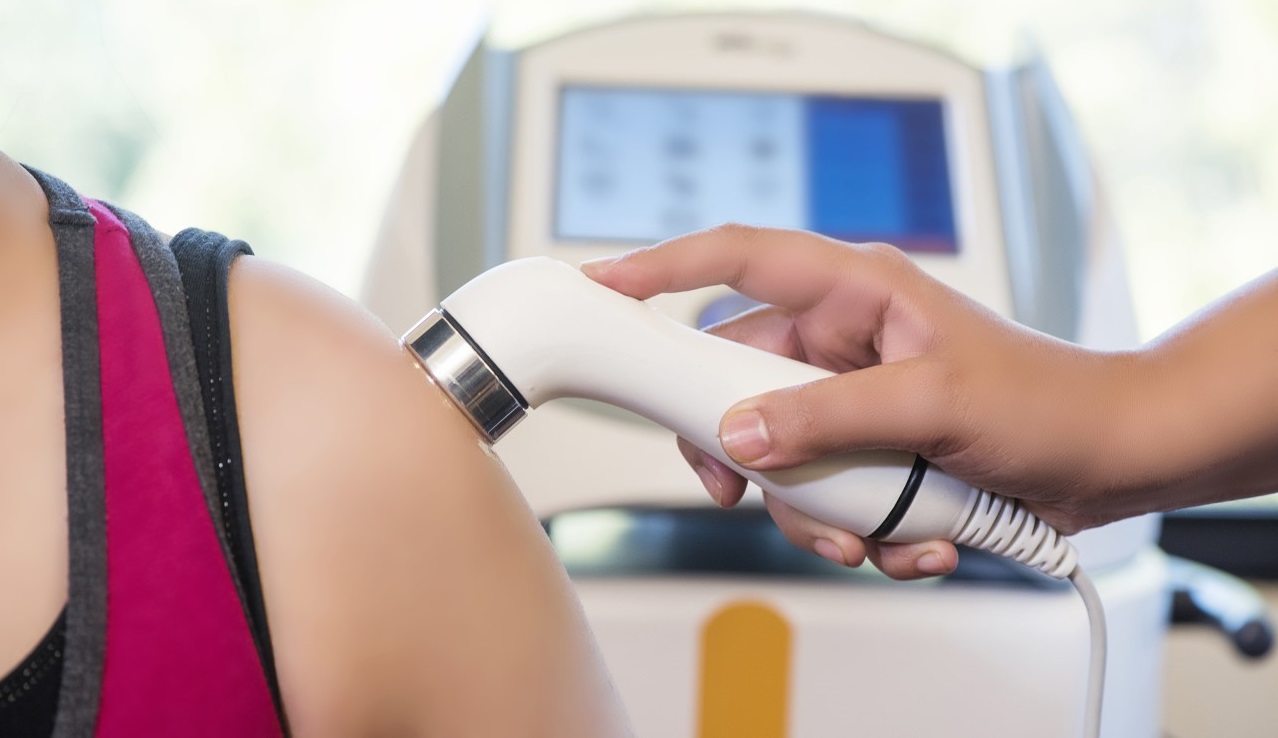
Ultrasound is used by physical and occupational therapists to mitigate pain and enhance tissue healing. Though it is not effectual in chronic stages, it is useful in reducing pain in conditions such as osteoarthritis and myofascial pain syndrome. Get ultrasonic therapy in Chennai at Dr Karunakaran spine centre, which has a rich experience of more than 20 years in treating spine related issues.
In ultrasound therapy, sound waves are employed to treat muscle, bone and ligament ailments. The tissues vibrate and produce molecular level friction, which raises temperature in tissues leading to the healing process.
The noninvasive treatment is gaining prominence and is fruitful in assessing inflammation and damage in internal organs after illness. It is found to have low risk factors whose risks increase only with extended exposure to ultrasound waves.
Ultrasonic therapy is a therapy where sound, a form of mechanical energy, is used in compression and rarefaction. Though not effectual in all chronic conditions, it is employed in osteoarthritis, myofascial pain syndrome, bursitis, carpal tunnel syndrome, sprains and strains and few others.
Ultrasonic therapy in Chennai is used both for diagnosis and therapy in fracture management. It is efficient in early identification of impaired fracture, delayed union or conformation of union and holds more promise of adoption with the advent of 3D image processing.
Ultrasound assists diagnostic explanation of pathological process to the patient and is used in combination with medical history, physical examination and radiography studies. It is also used as follow up or post operative assessment of fractures. Ultrasound also is employed to detect any nerve tumours or enlargement after injury.
Ultrasonic therapy may be thermal or mechanical where sound is induced in tissues by a transducer head and the thermal employs more transmission of waves than the mechanical.
In the thermal therapy, sound waves increase heat and friction where the warming effect increases metabolism and heals soft tissues. Mechanical therapy uses sound waves to cause expansion and contraction of gas bubbles in soft tissues which mitigates swelling and pain.
To obtain best benefit risk ratio, one must take into account parameters such as standardization, dosimetry, assurance of benefits and reduction of risks before employing the therapy. Since these pros and cons are well defined, patients are safe in the hands of expert therapists.
Appropriate ultrasound frequency differs with location in human body where it is applied. 10 MHz for hips, 15 MHz for shoulder and ankle are few instances. Image resolution is directly proportional to transducer frequency. Though higher frequency provide better resolution, their depth of penetration is limited.
Focus is employed in ultrasound to distinguish source of information. MR guided focused ultrasound has proven to be beneficial in treating knee pain associated with osteoarthritis. Ultrasonic therapy in Chennai is functional in assessing pain intensity while walking and locating pressure pain thresholds.
Hand held transducer with coupling gel is moved in circular motion around the affected area like bursitis or tendonitis in a bid to warm tendons and enhance blood flow which consequently boosts the healing activity.
Locating the treatment zone is important because ultrasound waves can focus energy from few millimeters to centimeters from the ultrasound plane. The tissue changes in the treatment zone should be observed to ensure success in the therapy.
Tendons, ligaments and capsule are examined in tension while muscles are observed in passive stretch or active contraction. Nerves are void of pressure while under transducer.
Ultrasound is not suitable for children since the bones are not fully grown. It cannot be used in joint replacements since the ultrasound heat harms the cement which holds the joint, leading to damage in the environment.
Depending upon the temperature level, side effects of ultrasound therapy may include mild heating, coagulative necrosis (accidental cell death) and tissue vapourization.
Earlier, ultrasound was not advisable for setting fractures since data revealed that the therapy damaged bones or delayed healing process. Side effects such as burns for thermal based therapy and hemorrhage for mechanical based therapy were observed.
On a concluding note, ultrasound is an increasingly popular modality in orthopedic therapy with many studies substantiating its prominence in future. Its efficacy in treating pain and musculoskeletal injuries has been proven in the past decades and this stays as a base for future innovations in this therapy. It is also admitted that there is rarely any evidence that therapeutic ultrasound is better than placebo ultrasound in treating musculoskeletal injuries or soft tissue healing.